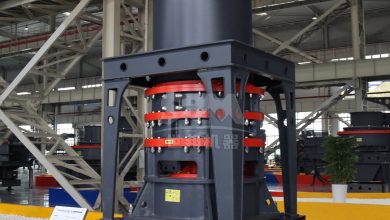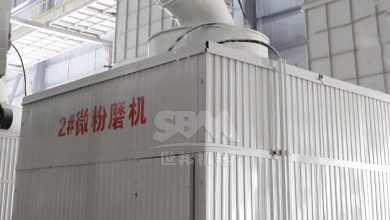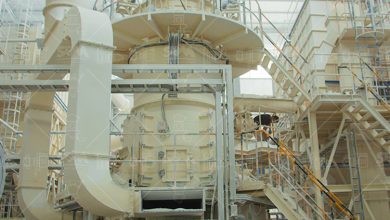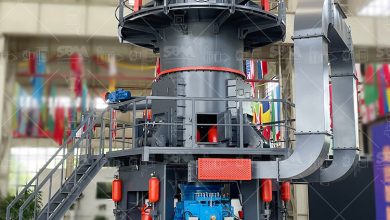How to Increase Production Capacity of Glass Raw Material Grinding Mill
Introduction
In the glass manufacturing industry, grinding raw materials to precise fineness is critical for product quality and furnace efficiency. This article explores proven methods to enhance the production capacity of glass raw material grinding mills, with technical insights from ZENITH’s decades of engineering expertise in mineral processing equipment.
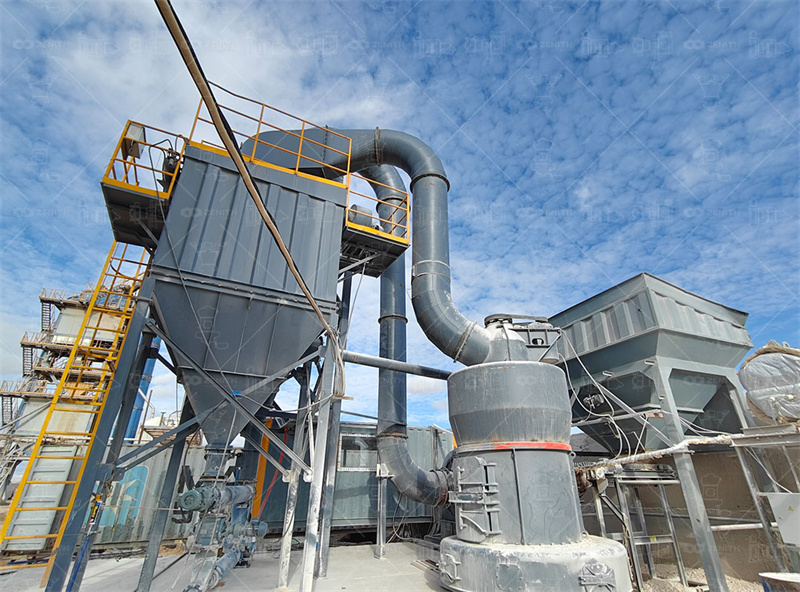
1. Optimizing Mill Parameters
1.1 Feed Size Control
Maintaining consistent feed size below the mill’s designed maximum (typically 20-50mm) prevents capacity bottlenecks. Pre-crushing with jaw crushers or hammer mills ensures optimal:
- Material distribution in grinding chambers
- Wear patterns on grinding components
- Energy consumption per ton of output
1.2 Grinding Pressure Adjustment
Modern mills like ZENITH’s MTW Series Trapezium Mill feature intelligent spring pressure systems that automatically compensate for roller wear. Proper pressure settings:
- Increase material bed compression by 15-20%
- Reduce recirculation of coarse particles
- Extend wear part lifespan by 30%
2. Advanced Equipment Selection
2.1 High-Efficiency Classifiers
ZENITH’s XZM Ultrafine Mill incorporates vertical turbine classifiers achieving:
| Parameter | Standard Mill | XZM Mill |
|---|---|---|
| Classification Efficiency | 75-85% | 92-97% |
| Energy Saving | Baseline | 30% Reduction |
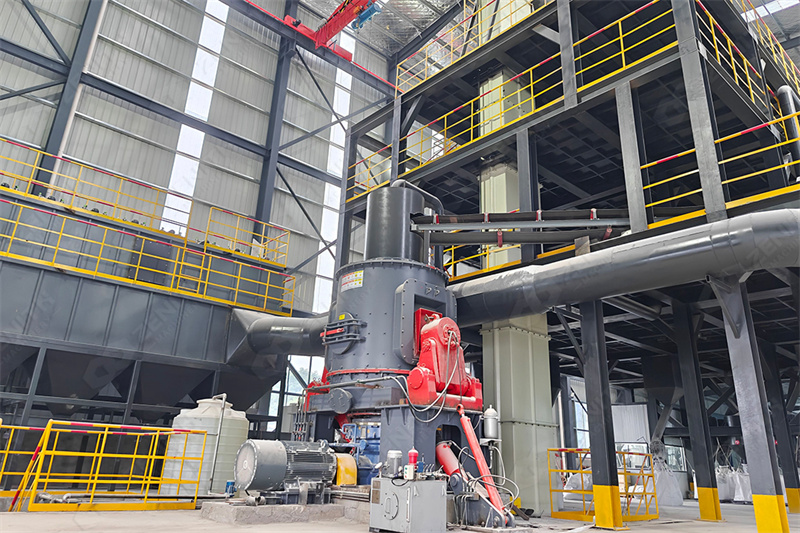
2.2 Wear-Resistant Materials
ZENITH mills utilize alloy composites for critical components:
- High-chrome grinding rollers (HRC 58-62)
- Ni-hard cast grinding rings
- Ceramic-lined air ducts
3. Process Optimization
3.1 Moisture Control
Maintaining raw material moisture below 5% prevents:
- Material agglomeration
- Classifier blockage
- Up to 25% capacity loss
3.2 System Integration
ZENITH’s turnkey solutions combine:
- Automated feeding systems
- Pulse jet dust collectors (99.9% efficiency)
- PLC-based process control
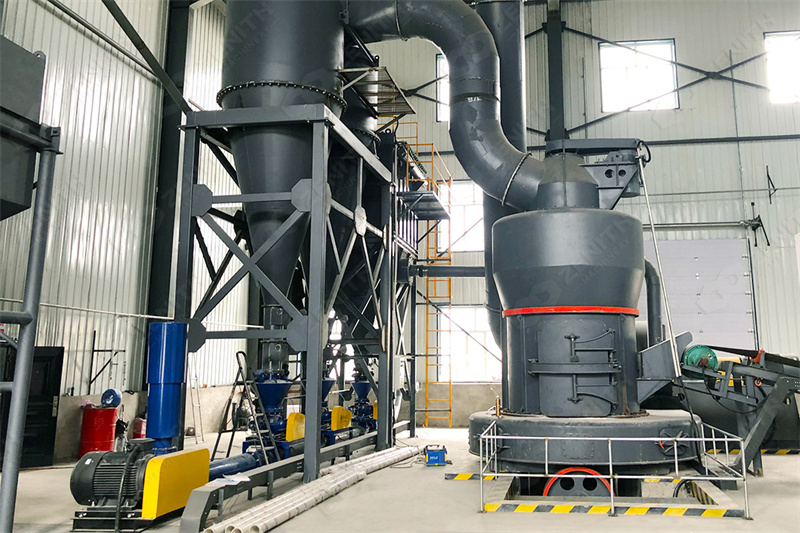
4. Maintenance Strategies
4.1 Predictive Maintenance
ZENITH’s remote monitoring system tracks:
- Vibration patterns
- Bearing temperatures
- Motor current fluctuations
4.2 Modular Component Design
Key features of ZENITH mills:
- Quick-change roller assemblies (4-6 hour replacement)
- Split-type housing for easy inspection
- Standardized wear parts inventory
Conclusion
By implementing these technical measures with ZENITH’s advanced grinding solutions like the XZM Ultrafine Mill and MTW Trapezium Mill, glass manufacturers can achieve 30-50% capacity increases while maintaining precise particle size distributions. Our global service network ensures continuous technical support for maximizing your grinding efficiency.


